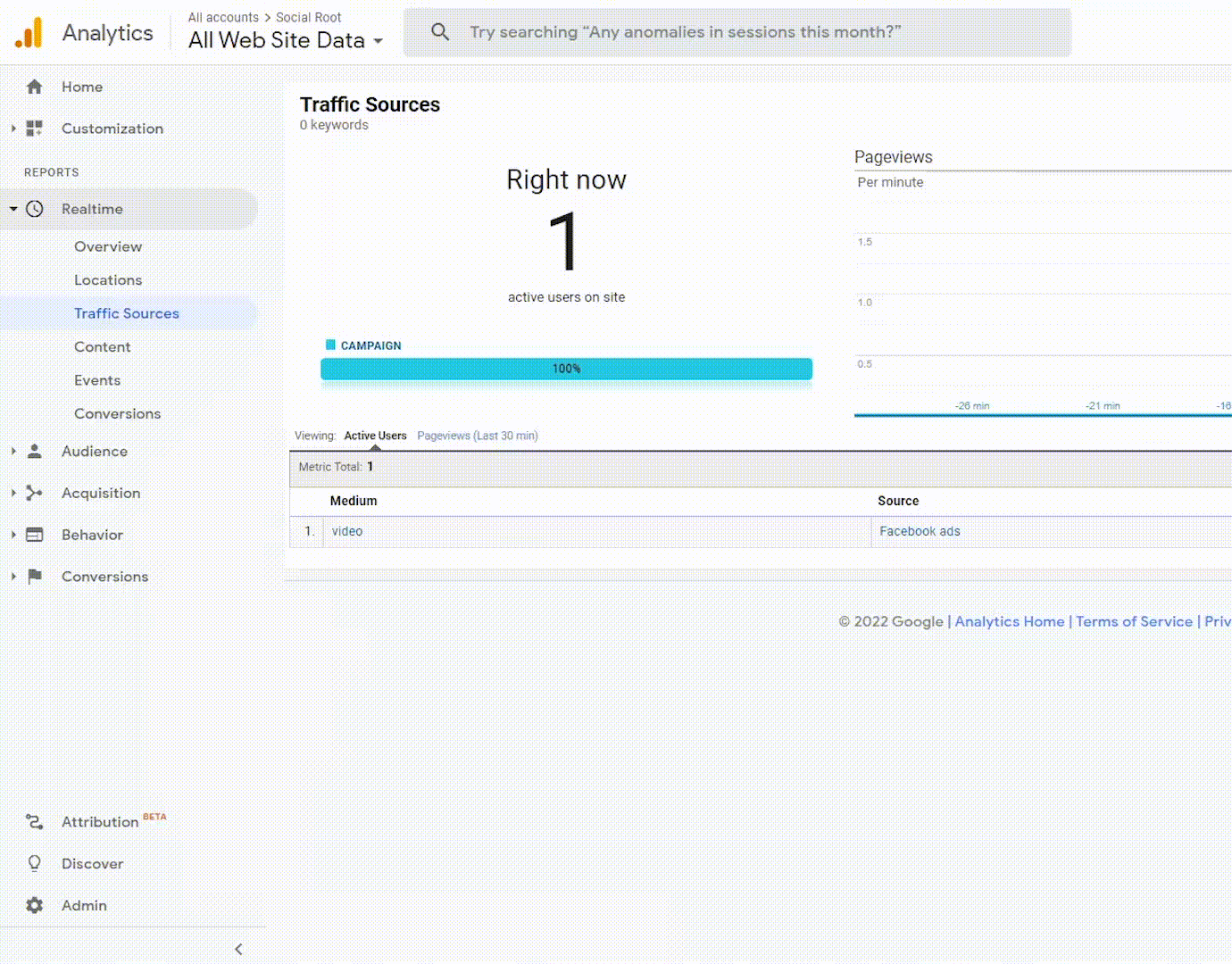Bad FB Ad Performance? Fix Your Reporting With UTM And MER
Your Facebook ads are not working? Chances are it’s your reporting that is wrong. Here are a few things you can do to fix it.
Why is your FB ad reporting wrong?
Apple has made a drastic change last year on their iOS 14, which has impacted Facebook and Instagram ads. This update comes with higher privacy, and that means there is way less ability for Facebook and Instagram platforms to measure the performances of your ads. But it also of course includes Google ads, LinkedIn ads, and all other platforms.

- What can you do to fix it?
UTM parameters, which will tell you on Google Analytics, where are people clicking from? Is it coming from Facebook? Is it coming from an ad? Is it coming from Instagram? Is it coming from YouTube? It will tell you the information more precisely.
The second is using some approximation, which is the Marketing Efficiency Ratio (MER). In short, saying how much you’re spending in digital marketing or in marketing overall, and how much revenue you’re making and seeing if the ratio is getting better or worse.
UTM Parameters and how to create a URL with them
There are a lot of UTM builders out there but in this example, we are going to use Google’s. In every UTM builder, you will find these fields that are called UTM Parameters:

- Website URL
This is where you insert the landing page that you want to direct your audience to.
- Campaign ID
A parameter you append to your tracking URLs and is a unique identifier for a campaign
- Campaign Source
This is required when building tracking URLs to track where your traffic comes from. For example, if you are promoting your business on Facebook, your source will be facebook.com (utm_source=facebook.com), or if you are promoting on Twitter, your source will be twitter.com (utm_source=twitter.com).
- Campaign Medium
This is where you insert the marketing medium that is relevant to the source. For example, the medium will be AdWords if your source is from Google.
- Campaign Term
Used for paid keyword-based advertisement. It does not have to be for Google AdWords anymore but is useful for Bing and other keyword-related PPC activities.
- Campaign Content
It is not a required element when URL building but this is a parameter that is used to specify the content of your ad promotion that led to the click. When you are doing A/B Testing, this is really useful to identify the version of your ads or pages.
- Campaign Name
A required value when building tracking URLs. This is where you will write the name of your campaign.
From here on, you can head on to Google Analytics to see the result of the tracking URLs that you have built.

Marketing Efficiency Ratio (MER) and how to measure it
Marketing Efficiency Ratio or MER is used to measure the overall performance of your digital marketing efforts: Total revenue divided by total spend.
A marketing ratio of about 30% is what you should be aiming for. But it all depends on the business you are in, expenses, and the product margin that you can make.
As an example, if your revenue for a one-week period was $100,000 and your overall marketing on Facebook and Google Ads is about $25,000, your marketing ratio would be
$25,000 (Ad Spent)/$100,000 (Revenue) = 25%, meaning that you have received four times more than what you have spent.
What is a good MER and a bad MER?
You should aim for a marketing ratio that is roughly 30%. If you reach a marketing ratio of 100%, it actually means that you’re spending as much as you’re making, which is not what really people want.
How to use and interpret those two tools?
Use UTM Builders to check which is the source of marketing that is driving you the best results. Calculate your Facebook Ads costs and check on how much revenue on Google Analytics it corresponds to (the results will be approximate). Some people might click on your link, visit your website, leave, but come back again directly on your website or Googling you on the internet and find you from there. In these cases, Google Analytics will not be to tell if the revenue generated from that customer was from the UTM source that you created.
Now that you are equipped with this information, you will know which type of ads or source of traffic you would want to increase or decrease. With your Marketing Efficiency Ratio (MER), you are able to tell which marketing effort is profitable, underperforming, or over-performing.
So now it is up to you to make the call and change what you need.
